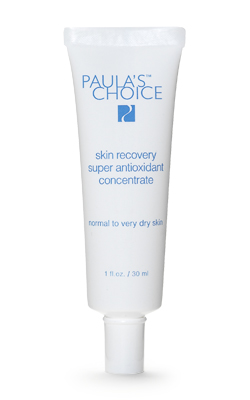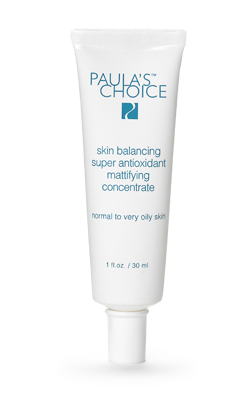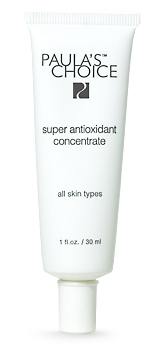










 ; ampak odkrito povem, da Paula's Choice sploh nimam "naštudiran" in hvala ti za hint
; ampak odkrito povem, da Paula's Choice sploh nimam "naštudiran" in hvala ti za hint 








polyethylene glycol.
Also listed as PEG on ingredient labels, polyethylene glycol is an
ingredient that self-proclaimed “natural” Web sites have attempted to
make notoriously evil. They gain a great deal of attention by
attributing horror stories to PEG, associating it with antifreeze
(however, antifreeze is ethylene glycol, not polyethylene
glycol), and there is no research indicating that PEG compounds pose
any problem for skin. Quite the contrary: PEGs have no known skin
toxicity and can be used on skin with great results (Sources: Advanced Drug Delivery Reviews, June 2002, pages 587–606; and Cancer Research,
June 2002, pages 3138–3143). The only negative research for this
ingredient indicates that large quantities given orally to rats can
cause tumors, but that is unrelated to topical application.
Polyethylene,
when it is not combined with glycol, is the most common form of plastic
used in the world. It is flexible and has a smooth, waxy feel. When
ground up, the small particles are included in scrubs as a gentle
abrasive. When mixed with glycol, it becomes a viscous liquid. In the
minuscule amounts used in cosmetics, it helps keep products stable and
performs functions similar to those of glycerin. Because polyethylene
glycol can penetrate skin, it is also a vehicle that helps deliver
other ingredients deeper into the skin. It is also used internally in
medical procedures to flush and clean the intestinal tract. See propylene glycol.
 ), ampak s primerno nadaljno nego lahko poskrbiš, da se stanje še ne poslabša (pa da se tudi malce izboljšati, preverjeno pri moji mami, ki je v ranih 50ih) - nežna čistila, dober tonik z AOK, zjutraj krema z zaščito (spodaj lahko kak serum z AOK - toplo priporočam Paula's Choice Super Antioxidant Concentrate) - sončenje je off-limits; zvečer pa mleko, nežno čistilo (gel/pena), tonik in ustrezna krema, najbolje z glikolno kislino.
), ampak s primerno nadaljno nego lahko poskrbiš, da se stanje še ne poslabša (pa da se tudi malce izboljšati, preverjeno pri moji mami, ki je v ranih 50ih) - nežna čistila, dober tonik z AOK, zjutraj krema z zaščito (spodaj lahko kak serum z AOK - toplo priporočam Paula's Choice Super Antioxidant Concentrate) - sončenje je off-limits; zvečer pa mleko, nežno čistilo (gel/pena), tonik in ustrezna krema, najbolje z glikolno kislino. 


Balea BEAUTY EXPERT kremni gel za telo vsebuje 5 ...
Ĺ ampon za lase Elseve Extraordinary Clay je ...
Intenzivno vlaĹľilna in hranilna krema z ureo, ...
S 5 % UREA regeneratorja in uÄŤinkovine proti ...
Lahkoten gel serum za prefinjeno polt Z ...